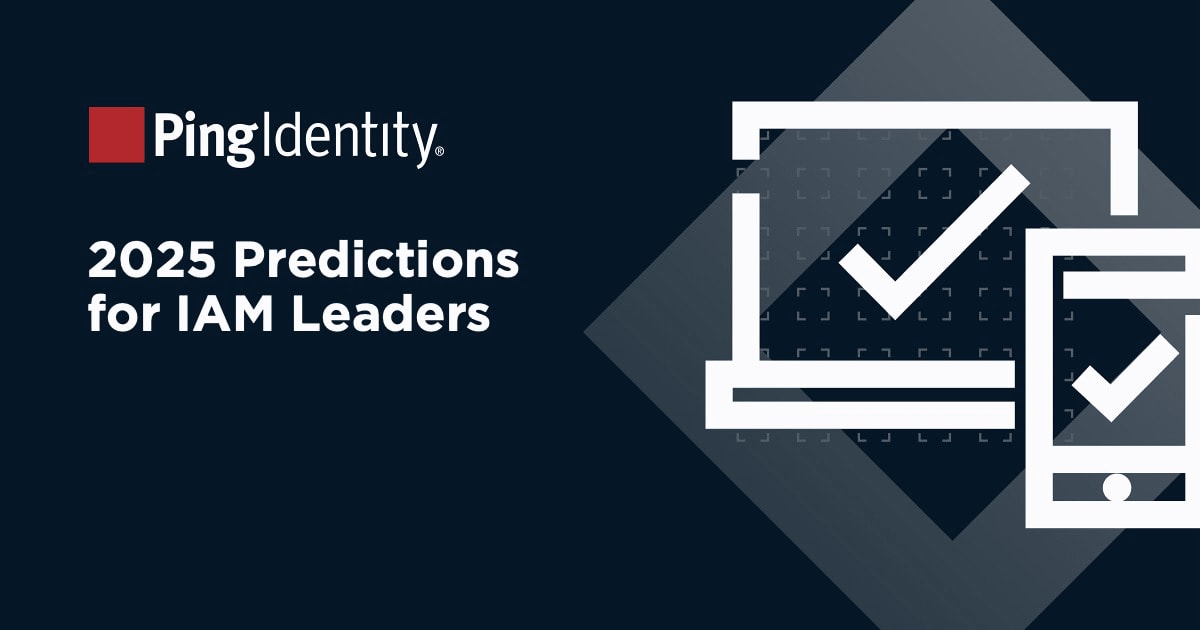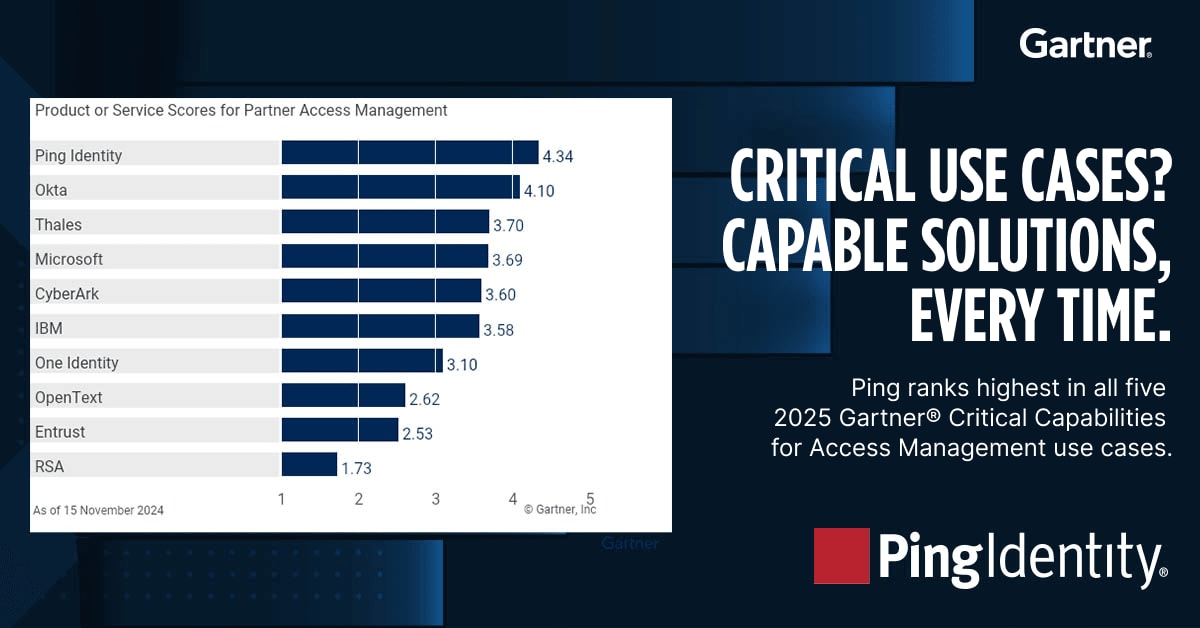Overwhelmingly, the CISOs surveyed cited “remote workforce” as the top priority in the coming months. Not only are enterprises seeing a massive shift to remote work, but they are also bringing on a large number of vendors and contractors who are remote. One executive from the manufacturing industry summed it up thus:
“Remote Workforce is the clear winner given the times we’re in. COVID-19 has certainly accelerated initiatives around digital transformation, remote workforce support and digital strategies to allow work from various devices. The state of the workforce in general has been moving more remote already, given new generations of employees expecting more flexibility from a location and device perspective. We have to make sure as a security industry we are adapting to this shift, and providing mobility strategies to support a remote model.”
This is not to say Zero Trust and passwordless are being ignored; both are key security strategies that continue to take priority with this group. In a WFH world, the CISOs generally agree that Zero Trust capabilities are needed to manage hundreds of enterprise applications. One mentioned that continuing to adopt strategies around Zero Trust is important for employee retention as the remote workforce becomes natural, inherent and expected.
Access friction was mentioned several times as a large issue. While one CISO from the financial services industry said removing passwords as a point of friction and risk is a desired end state, they pointed out that to be truly frictionless—i.e., passwordless—you need a true authentication platform, which helps enable a company to take a user-centric view on security and align that view to the assets they are trying to protect.
As one healthcare executive put it,
“We have been moving down the remote work path, but COVID greatly accelerated our journey to the point where we believe, long-term, remote work is our future state. Due to this, we consider Zero Trust and Passwordless to be part of the remote workforce. So Remote Workforce would be the umbrella with Zero Trust and Passwordless being two high-priority improvements for our remote workforce.”
Lastly, one CISO in insurance described the main cybersecurity initiatives their enterprise will continue to focus on:
- Cloud Security. Properly protecting and managing environments as more IT capabilities move to the cloud.
- IAM. Evolving the managed trust model (right person, right access, right time) and putting an emphasis on digital identity lifecycle, which is considered a cornerstone of a robust and resilient program.
- Application Security. Protecting applications from vulnerability exploitation by threat actors.
- Insider Threat. Enhancing capabilities to detect and prevent insider threats.
- Vulnerability Management. Ensuring consistent identification, prioritization and remediation of vulnerabilities.



